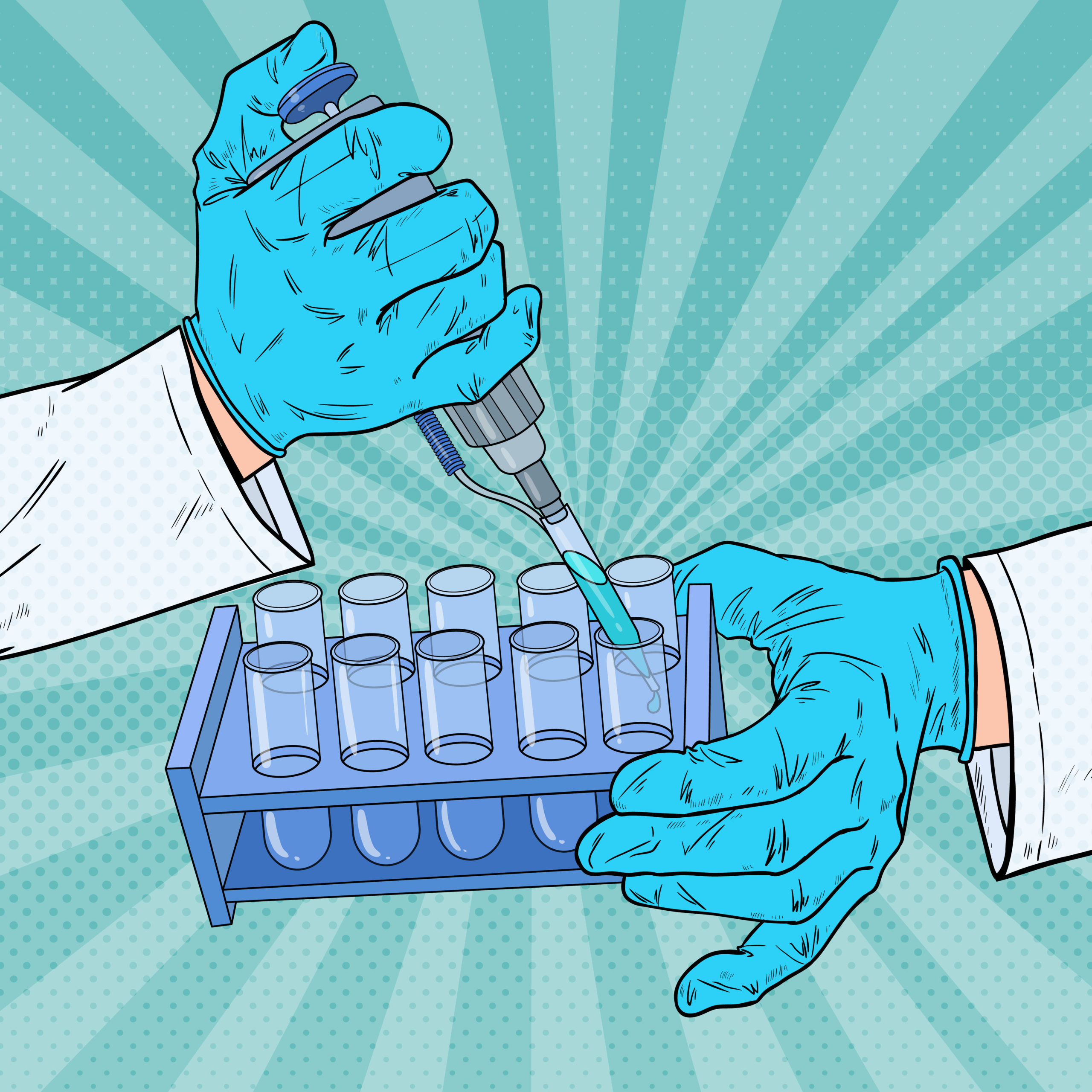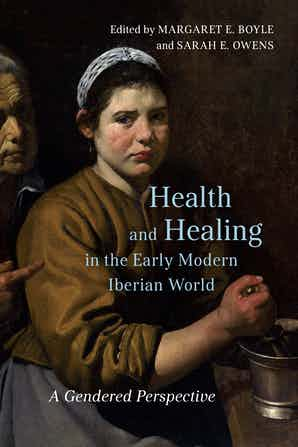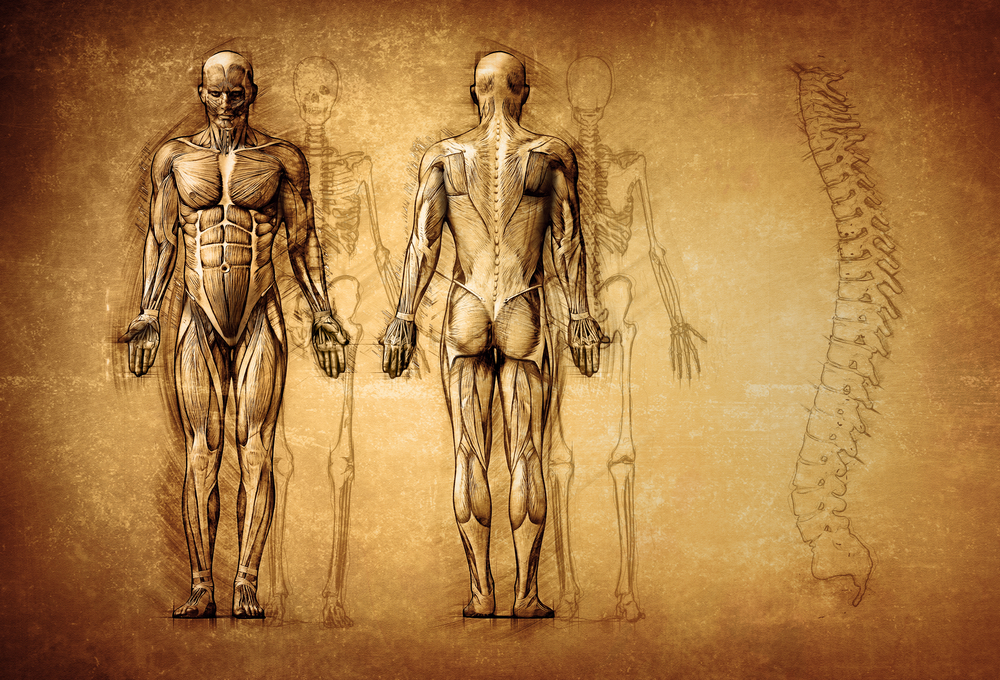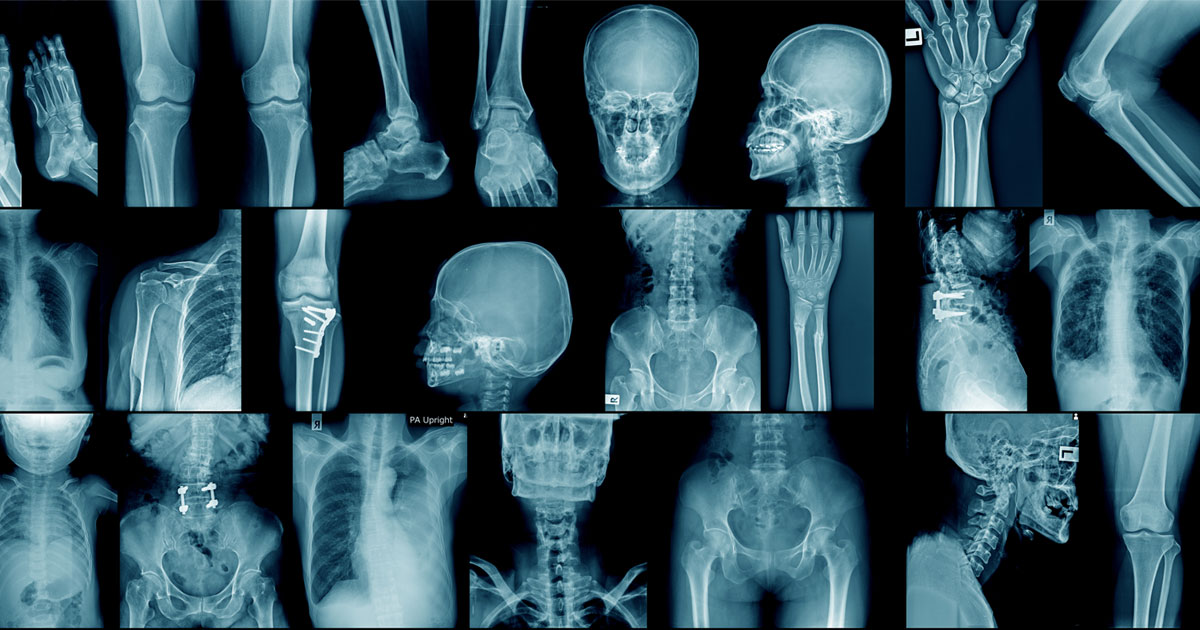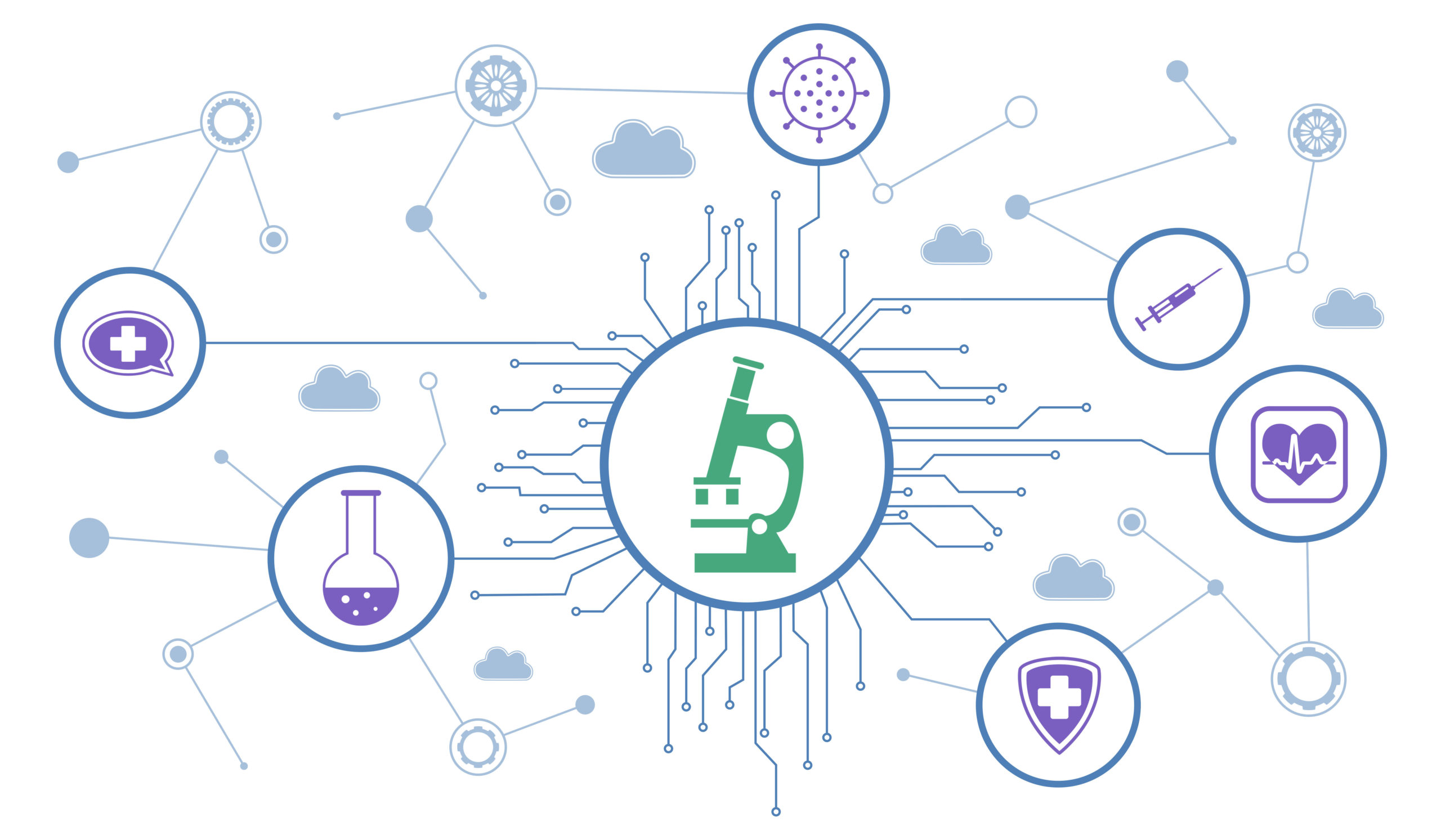
by Craig M. Klugman
Craig M. Klugman, Ph.D. is Vincent de Paul Professor of Bioethics & Health Humanities at DePaul University in Chicago.
Medicine has a race problem.
Many people have heard of the health disparities that affect people of color in the United States: They are less likely to have a primary care physician (KFF), less likely to have health insurance coverage (Branch and Conway), and suffer from higher rates of illness and death (Hill et al.).
Fewer people know that this problem also manifests in health care workers. First, there are fewer health care professionals of color than there should be based on their percentage of the U.S. population (Sullivan Commission). This means that a patient from a minority community is less likely to have a physician or a nurse who looks like them or shares their background. Second, a recent study shows that racial health inequities in the U.S. health care system during the first years of the COVID-19 pandemic led to increased burnout and moral distress in all health care providers, no matter their race (Buchbinder et al.).
Historically, Black patients were often denied care at hospitals, and real estate redlining meant that they likely lived (and continue to live) in medical deserts. Add in fewer economic opportunities as well as fewer educational opportunities and Black patients have had less access to being able to pay for medical care.
Advances in medical knowledge often used Black patients as research subjects, seldom with their knowledge or consent. In the mid-1800s, James Marion Sims, the father of obstetrics and gynecology, developed surgical techniques on enslaved Black woman with neither their consent nor anesthesia (Lynch; Spettel and White). During the 40 years of the Tuskegee Syphilis Trials (1932-1972), 600 Black men were studied to observe the progression of their disease. However, health care professionals and researchers never informed the men of their disease nor how to protect their partners and the men were told that research tests were “treatment”. Once penicillin (the cure) was available, study personnel prevented the men from getting access. This history and many more examples created distrust of the medical community that has lasted until today.
While modern medical school curriculums teach students to respect all patients and to treat people according to their needs not by the color of the skin, racial inequities in medical care persist. In addition to the social determinants of health touched upon above, another factor may be “The Hidden Curriculum” (Hafferty and Franks). This is the material that is not listed in the syllabus, does not appear in the textbook and will not be on the exam. The hidden curriculum is the behaviors, attitudes, and implicit biases that students absorb from their faculty through their training.
Much of the didactic (classroom learning) years of medical education take place in lecture halls and labs where students learn from textbooks and case studies. Studies show that medical textbooks feature predominantly white bodies (Ighodaro et al.). Thus, students learn to diagnose and treat diseases as they appear in people with lighter skin but not in people with darker skin. For example, cancer on white skin is often quite noticeable, but on Black skin, less so. The result is that skin cancers in Black patients are diagnosed later when the disease is at a more advanced stage, harder to treat, and correspondingly, survival rates are lower (Brady et al.). The case studies that form the background of students developing clinical thinking skills traditionally featured patients who are male, white, cis, heterosexual, and able-bodied (Plataforma SINC).
When a student moves into the second phase of medical school where they work with patients in clinics and hospitals, they quickly learn to emulate their physician-mentors who model skills, tool, and behaviors that are sometimes derived from historic racism. These clinical preceptors also grade the students who quickly learn to repeat what they are shown—often without explanation, history, or evidence—and not to question (Klugman). Thus, the system perpetuates biased stereotypes to the next generation of health professionals. For example, the long-used algorithm to estimate kidney function unfairly penalized Black patients because the calculations are based on a convenient lie about the physical musculature of Black bodies. The result is that Black patients are less likely to be placed on the transplant list (Neal and Morse). In another study, subjects (including medical personnel) expressed a belief that Black patients felt less pain, a lie rooted in the horrors of slavery. The result is that some doctors undertreat pain in their Black patients today (Hoffman et al.).
One potential avenue for training physicians and other health care workers to practice anti-racist medicine is through health humanities. This field employs the methods of the humanities and arts to explore the experience of human illness and wellness. By having health professions students learn close reading, metaphor analysis, observation skills, communication skills, historical analysis and more, they can become more aware of the structural racism that people experience in everyday life and in the medical system (Banner).
The tools of the humanities teach students to identify presumptions and biases that are embedded in the practice of medicine, challenging them, and then changing them (Crear-Perry et al.). For example, at the University of Nebraska Medical Center, medical students created an art exhibit using QR codes placed around campus that encouraged people to learn more about the history of racism in medicine and its effect on the health of populations of color (Keenan). Graphic medicine can use comics (visual images + text) to shine light on injustice in medicine. In one comic, the artists graphically explain the Tuskegee Syphilis Study and the generational health costs of its legacy (Taylor and Kindred).
Many schools take students to museums where they learn observation skills through looking at images of art, a method to help them see what is in front of them and move beyond stereotypes they may bring when seeing patients (Balhara and Irvin; Klugman et al.; Klugman and Beckmann-Mendez). Learning improvisational theater techniques can help clinicians communicate better with patients and to understand patient perspectives (Fessell et al.). Forum theater is a method where the audience interacts with the actors and the story on the stage. This experience can help students to see race and racism as experienced by their patients and peers (Manzi et al.). Fiction writing asks students to write about the life and health care experiences of a person different than themselves, helping them up to understand living with health challenges and navigating the medical system (Saffran). In Experiential Race Testimonies, students study health disparity statistics and then learn the stories of real patients whose lives are encapsulated in that data, putting a human face on the numbers (Ray). These examples are a few of many that have been introduced to medical education.
To use the humanities most effectively in anti-racist health education, one must read stories, watch films, and view art that are created by people of color and that take people of color as the central subject. The works should focus on how race, gender, disability, religious minorities, and sexual orientation “inform social, political, economic, and institutional structures, which then inform health and illness” (Banner). The health humanities can help students to learn to identify racist structures and practices, to bring the hidden into the light, to dismantle these discriminatory beliefs, and to be physicians and other health care professionals that work to bend the arc toward justice.
This approach can lead to writing new case study narratives that feature a diverse cast of characters representing the wide range of patients to whom medical students will someday provide care, a step that some medical schools have undertaken (Sufian et al.). As for that kidney algorithm? In January 2023, a revised model was adopted that removes the racist assumptions (Organ Procurement & Transplantation Network). We also need to entice more students of color into the health care professions. Some effective methods have included removing standardized testing (which can have biased origins and questions), providing minority scholarships, mentoring, and role modeling.
Perhaps most importantly, engaging in health humanities teaches students empathy—an ability to imagine what another person might be experiencing as well as sensing the emotions of another (Graham et al.). When working with patients who are different from the health care provider, empathy allows the imagination to see them as suffering human beings in need of care, deserving of compassion, and demanding respect. The result will be better health outcomes for patients, more inclusive medicine, and healthier healers.
REFERENCES
Balhara, K. S. and N. Irvin. “”The Guts to Really Look at It”-Medicine and Race in Robert Colescott’s Emergency Room.” JAMA, vol. 325, no. 2, 2021, pp. 113-15, Medline, doi:10.1001/jama.2020.20888.
Banner, Olivia. “Structural Racism and Practices of Reading in the Medical Humanities.” Literature and Medicine, vol. 34, no. 1, 2016, pp. 25-52, doi:10.1353/lm.2016.0001.
Brady, J. et al. “Racial Disparities in Patients with Melanoma: A Multivariate Survival Analysis.” Clin Cosmet Investig Dermatol, vol. 14, 2021, pp. 547-50, PubMed-not-MEDLINE, doi:10.2147/CCID.S311694.
Branch, Breauna and Douglas Conway. “Health Insurance Coverage by Race and Hispanic Origin: 2021.” US Department of Commerce US Census Bureau, 2022. https://www.census.gov/content/dam/Census/library/publications/2022/acs/acsbr-012.pdf January 20, 2023.
Buchbinder, Mara et al. “Hospital Physicians’ Perspectives on Occupational Stress During Covid-19: A Qualitative Analysis from Two Us Cities.” Journal of General Internal Medicine, vol. 38, 2023, pp. 176-84, doi:10.1007/s11606-022-07848-z.
Crear-Perry, Joia et al. “Moving Towards Anti-Racist Praxis in Medicine.” The Lancet, vol. 396, 2020, pp. 451-53, doi:10.1016/S0140-6736(20)31543-9.
Fessell, D. et al. “Medical Improvisation Training for All Medical Students: 3-Year Experience.” Med Sci Educ, vol. 30, no. 1, 2020, pp. 87-90, PubMed-not-MEDLINE, doi:10.1007/s40670-019-00885-0.
Graham, J. et al. “Medical Humanities Coursework Is Associated with Greater Measured Empathy in Medical Students.” Am J Med, vol. 129, no. 12, 2016, pp. 1334-37, Medline, doi:10.1016/j.amjmed.2016.08.005.
Hafferty, Frederick. W. and Ronald Franks. “The Hidden Curriculum, Ethics Teaching, and the Structure of Medical Education.” Academic Medicine, vol. 69, no. 11, 1994, pp. 861-71, Medline, doi:10.1097/00001888-199411000-00001.
Hill, Latoya et al. “Key Facts on Health and Health Care by Race and Ethnicity.” Kaiser Family Foundation https://www.kff.org/racial-equity-and-health-policy/report/key-facts-on-health-and-health-care-by-race-and-ethnicity/. Accessed January 20 2023.
Hoffman, K. M. et al. “Racial Bias in Pain Assessment and Treatment Recommendations, and False Beliefs About Biological Differences between Blacks and Whites.” Proc Natl Acad Sci U S A, vol. 113, no. 16, 2016, pp. 4296-301, Medline, doi:10.1073/pnas.1516047113.
Ighodaro, Eseosa et al. “We Need More Illustrations of People of Color in Medical Textbooks — the Lack of Diversity Perpetuates Health Inequality and Stereot.” MedPage Today, 2022, https://www.medpagetoday.com/opinion/second-opinions/97383.
Keenan, John. “Project Explores History of Racism in Medicine.” University of Nebraska Medical Center, 2022. https://www.unmc.edu/newsroom/2022/05/10/project-explores-history-of-racism-in-medicine/. January 16, 2023.
KFF. “Adults Who Report Not Having a Personal Doctor/Health Care Provider by Race/Ethnicity.” Kaiser Family Foundation https://www.kff.org/other/state-indicator/percent-of-adults-reporting-not-having-a-personal-doctor-by-raceethnicity/. Accessed January 20 2023.
Klugman, Craig M. Does Medical Education Make Physicians Susceptible to Participating in Torture? Bioethics Today, 2013 Palo Alto, CA: https://bioethicstoday.org/blog/does-medical-education-make-physicians-susceptible-to-participating-in-torture/. Accessed January 20, 2023.
Klugman, Craig M. et al. “Art Rounds: Teaching Interprofessional Students Visual Thinking Strategies at One School.” Academic Medicine, vol. 86, no. 10, 2011, pp. 1266-71, doi:10.1097/ACM.0b013e31822c1427.
Klugman, Craig. M. and Diana Beckmann-Mendez. “One Thousand Words: Evaluating an Interdisciplinary Art Education Program.” Journal of Nursing Education, vol. 54, no. 4, 2015, pp. 220-3, doi:10.3928/01484834-20150318-06.
Lynch, Sarah. “Fact Check: Father of Modern Gynecology Performed Experiments on Enslaved Black Women.” USA Today, 2020, https://www.usatoday.com/story/news/factcheck/2020/06/19/fact-check-j-marion-sims-did-medical-experiments-black-female-slaves/3202541001/.
Manzi, Joel et al. “Responding to Racism in the Clinical Setting: A Novel Use of Forum Theatre in Social Medicine Education.” Journal of Medical Humanities, vol. 41, 2020, pp. 489-500, doi:10.1007/s10912-020-09608-8.
Neal, R. E. and M. Morse. “Racial Health Inequities and Clinical Algorithms: A Time for Action.” Clin J Am Soc Nephrol, vol. 16, no. 7, 2021, pp. 1120-21, Medline, doi:10.2215
/CJN.01780221.
Organ Procurement & Transplantation Network. “Understanding Race & Gender.” US Department of Health & Human Services https://optn.transplant.hrsa.gov/patients/by-organ/kidney/understanding-the-proposal-to-require-race-neutral-egfr-calculations/. Accessed January 20, 2023.
Plataforma SINC. “Medical Textbooks Use White, Heterosexual Men as a ‘Universal Model.” ScienceDaily, 2008, www.sciencedaily.com/releases/2008/10/081015132108.htm.
Ray, Keisha S. “Going Beyond the Data: Using Testimonies to Humanize Pedagogy on Black Health.” Journal of Medical Humanities, vol. 42, 2021, pp. 725-35, doi:10.1007/s10912-021-09681-7.
Saffran, Lise. “Fiction Writing.” Research Methods of Health Humanities, edited by Craig M. Klugman and Erin Gentry Lee, Oxford University Press, 2019, pp. 268-86.
Spettel, S. and M. D. White. “The Portrayal of J. Marion Sims’ Controversial Surgical Legacy.” J Urol, vol. 185, no. 6, 2011, pp. 2424-7, Medline, doi:10.1016/j.juro.2011.01.077.
Sufian, S. et al. “Centering Patients, Revealing Structures: The Health Humanities Portrait Approach.” J Med Humanit, vol. 41, no. 4, 2020, pp. 459-79, Medline, doi:10.1007/s10912-020-09640-8.
Sullivan Commission. “Missing Persons: Minorities in the Health Professions.” Duke University Medical Center, 2016. general editor, Sullivan Commission on Divesrity in the Healthcare Workforce, https://campaignforaction.org/wp-content/uploads/2016/04/SullivanReport-Diversity-in-Healthcare-Workforce1.pdf Accessed January 20, 2023.
Taylor, Whit and Chris Kindred. “African-Americans Are More Likely to Distrust the Medical System. Blame the Tuskegee Experiment.” The Nib, February 26 2018, p. Comic. https://thenib.com/tuskegee-experiment/. Accessed January 17, 2023.


